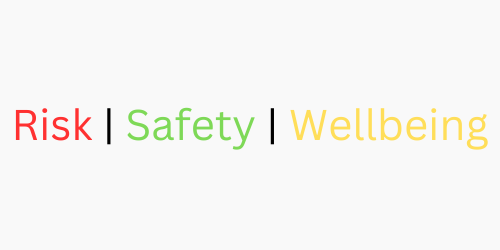Read time: 5 Minutes
A combination of the ever expanding corporate social responsibility agenda, the zero harm health and safety movement, and growing societal awareness of mental health issues, means that there is a growing expectation that organisations must take the wellbeing of their employees seriously.
The wellbeing of the workforce is however, largely out of the control of the organisation. Of course, organisations can expose employees to psychological hazards through the organisation and delivery of work, a topic which is well documented by the Health and Safety Executive. And these psychological hazards can lead to issues and risks impacting employees’ wellbeing including employees developing serious mental health conditions due to working conditions (although this is inherently tricky to prove definitively).
However, wellbeing issues and risks arising from traumatic life events such as marital breakdown, interpersonal problems, bereavement, physical violence or abuse, childhood issues or general aggravating factors in mental illness such as drug and alcohol dependency, financial difficulty, egotistical problems, diet and eating disorders and a myriad of other life factors lie solely in the control of the employee.
The amount of risk exposure to organisational psychological hazards compared to “everyday life” psychosocial hazards is grossly disproportionate (In favour of everyday life) and as such people are much more likely to experience psychological issues as part of their life, than as part of their career.
This is problematic for the organisation for several reasons, mainly because regardless of the cause of the mental ill-health, the organisation will still feel an impact (the employee will also suffer a diminished quality of life, which is no small matter, however that’s not what we are talking about here)
For the organisation, the impacts range from loss of key employees for an extended period of time or for definite, to general negativity being spread across the organisation and individual employee performance suffering.
Unfortunately for the organisation, when these typical causes of mental ill-health strike an employee, the impact on an individual is very unique to that person. The fact of the matter is that what has happened to you does not matter (in regards to predicting the scale of the problem, possible treatments or a timeline for recovery), what matters is how you perceive these events and how you allow these events to shape you (although at certain points, practically speaking, controlling your response to these events may not be an option).
What can organisations actually do to improve the wellbeing of their workforce?
- Arrange work and jobs in a manner which creates the least possible psychological hazards and resulting harm.
- Introduce mental wellbeing concepts to the workforce, to deal with non-work psychological issues via means such as counselling or other forms of therapy
- Introduce general wellbeing concepts to address general aggravating factors in relation to personal wellbeing, such as financial literacy, tackling addiction, diet and exercise and others. Examples may include providing optional webinars and reading material on managing personal finances, providing an addiction hotline for employees to use (ans of course orienting all of this in a way which makes the employee believe that breaking their addiction is in their best interests) or running introductory sessions for employees on different forms of exercise like yoga.
These three initiatives form a solid base for the organisation to preserve and contribute to the wellbeing of its workforce, it is also worth noting that there is a shifting legal landscape in the UK regarding HSE prosecutions for ill mental health within the workforce.
